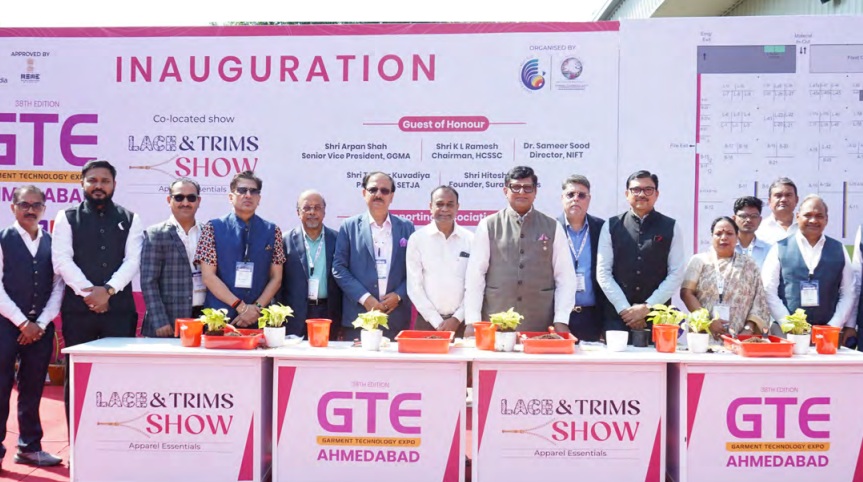
The Production-Linked Incentive (PLI) scheme, designed to boost Indian manufacturing, is facing headwinds, particularly in the textile and apparel sector. A recent Mint report reveals that planned expansions of the scheme have been suspended, and disbursements have slowed to a trickle. This setback raises concerns about India's ability to capitalize on the shifting dynamics of the global textile industry.
Missed targets and stalled expansion
Under the PLI scheme for textiles, companies are required to invest Rs 300 crore and achieve a minimum turnover of Rs 600 crore by 2024-25 to receive incentives. However, many companies are struggling to meet these targets. As a result, the Ministry of Textiles has put on hold its plan to extend the scheme to t-shirts and innerwear.
The slowdown is particularly disappointing given the immense potential of India's textile industry. A World Bank report highlighted that while India's share of global apparel, leather, textiles, and footwear (ALTF) exports rose from 0.9 per cent in 2002 to 4.5 per cent in 2013, it has since fallen to 3.5 per cent in 2022. This decline occurred despite China's waning dominance in the sector, with countries like Bangladesh and Vietnam reaping the benefits instead of India.
The importance of scale
The World Bank report emphasizes the crucial role of labor-intensive sectors like textiles in generating employment.
Table: Manufacturing and formal sector job share
|
Sector |
Share of manufacturing value-added |
Share of formal sector manufacturing jobs |
|
Capital-Intensive |
70 per cent |
50 per cent |
|
Labor-Intensive |
20 per cent |
40 per cent |
Source: World Bank
While sectors like automobiles and electronics have seen significant growth in India, they are less effective in creating jobs, especially for women. In contrast, the apparel and textile sectors have a higher proportion of female workers (33 per cent) compared to other manufacturing sectors (15 per cent).
Why is India falling behind?
One factor contributing to the underperformance of the Indian textile sector is the prevalence of small-scale manufacturers. As the table below shows, larger manufacturers benefit from economies of scale, enabling them to reduce costs and compete more effectively in international markets. However, in India, the growth of unit size has been limited.
Country ALTF sector employment (2019) % of Workers in firms with 300+ employees Bangladesh 2.45 million 66% India - 50.50% The Mint analysis revealed, the divergent ALTF trends in computers/electronics sectors highlight the impact of firm size on competitiveness. While electronics firms, particularly those exporting, have grown significantly, textile firms have struggled to scale up. This difference is partly attributed to the export orientation of the electronics industry, which provides access to larger markets and incentivize growth.
Experts point out factors beyond labor laws, such as the "uncertain political environment" and limited access to capital, may be hindering the growth of textile firms. To revitalize the sector and leverage the PLI scheme effectively, policymakers need to address these challenges and create a more conducive environment for businesses to scale up and compete globally.
The failure of the PLI scheme to catalyze growth in the textile sector is a wake-up call. India must act decisively to support the growth of larger, more competitive textile firms if it wants to tap into the immense potential of this labor-intensive industry and create much-needed jobs.












